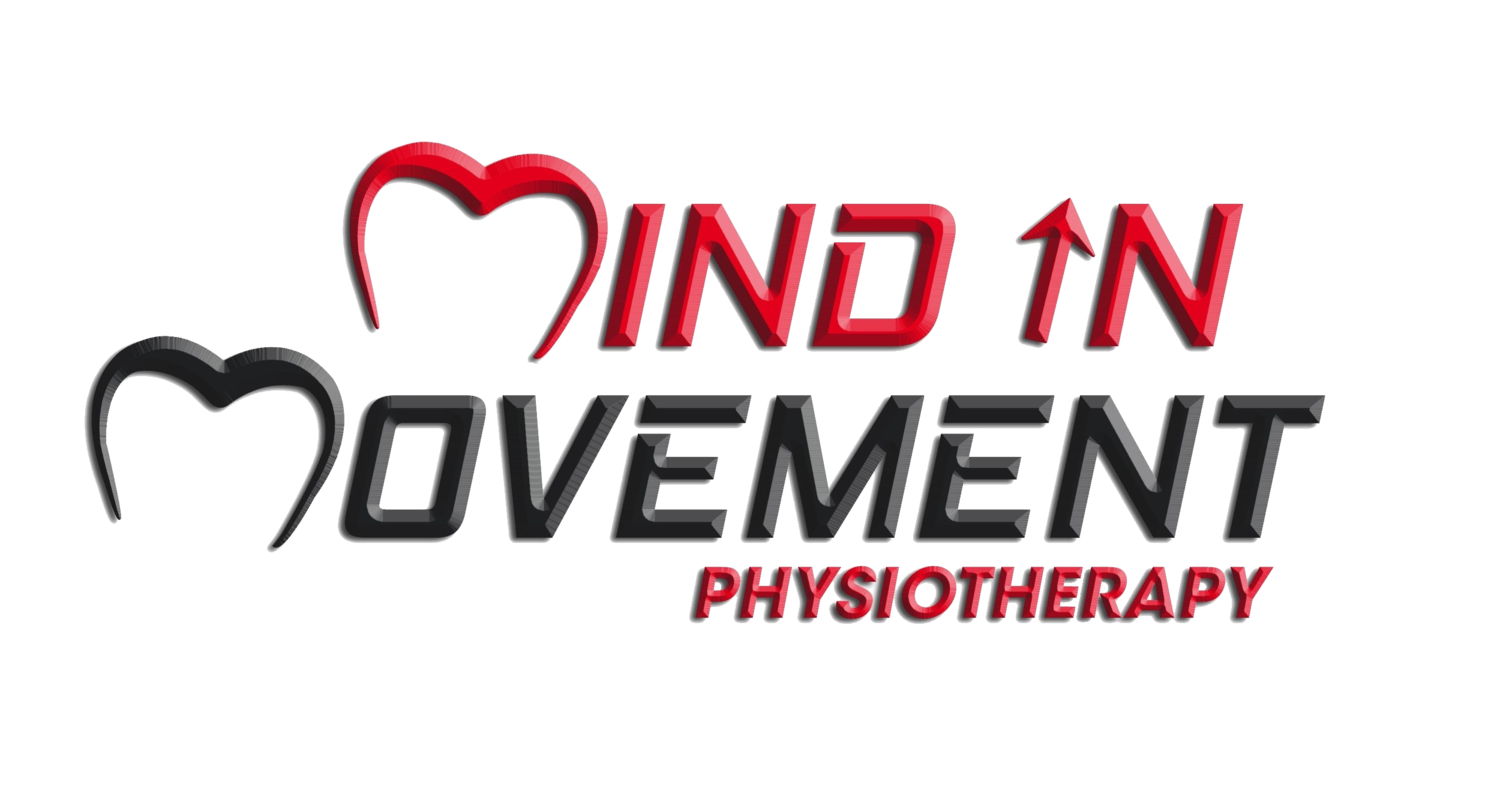When is an injury a problem?
For most who know me, this answer won’t shock you. It depends. On a lot. First, let’s define an injury. Think of it like this: you have a bucket that can hold 10 litres of water. Any volume to hold that’s less than 10 litres is a piece of cake. Anything more than 10 litres and it’ll spill everywhere. Similarly, our body has a certain tolerance for force absorption and force production – we’ll call this our capacity (the size of our bucket). Unlike the analogy, our bodies are constantly changing in their size and capacity – based on how often we train/ exercise, and how often we let the body recovery. It’s kinda cool how our body can grow and adapt, unlike everything else in this world that’s stuck at it’s 10 litre limitation (but we’ll keep that for another time). An injury occurs when we overfill our bucket too often and by too much. Physical stimuli are the main culprits, but our capacity for tolerating load can also come from other factors, like poor sleep, poor recovery, increased stress.. the list can go on.
So when is it a problem? An injury may start out as a sliding scale – it may begin as some stiffness you randomly notice once, then more frequently, then more often than not. Sometimes they’ll just go away on their own, and sometimes they will come out of nowhere more intense than before.
As a physio, the main factors I want to identify before I tell someone whether an injury is serious or not are:
1. Does this limit/ negatively impact your movement quality?
2. What is the time frame for it to settle down when aggravated?
This is grossly oversimplified, as there are many other factors that we take in to account. But for me, as a health professional, to actively say with confidence whether you should keep training through your injury, I want to know if we’re going to be dealing with compensations (point 1- far from ideal), and if you are to aggravate your tissues, how long will they stay aggravated for (point 2). This is important for you to know as well, as it’s the difference between maintaining a training phase/ reducing loads and allowing the tissue to adapt better vs trying to push through and potentially making something worse.
It is also important to understand what that pain represents – what tissues are being overcooked and what factors are present that we can modify immediately? A tendon will respond differently to a stress fracture, so understanding what your pain means is very important early on. Irrespective of the type of injury, there is always something to change or modify. Can’t run? Cycle. Can’t cycle? Swim. Can’t swim? Exercise in the water. No access to a pool? Non-weight bearing conditioning and strength. There are always options to maintain a training volume if you’re willing to look.
To summarise, whilst pain isn’t always an indicator of physical damage, it is your body telling you something isn’t working out. It’s important to understand what factors are contributing to your symptoms (physical, psychological), understand what can be modified to keep you active (training volume, training intensity, more sleep). After implementing these changes, if your symptoms persist, don’t ignore them or try to mask them with pain killers. Instead, find a physio or health professional who will help identify all aspects you need to keep training whilst letting your tissues heal.

